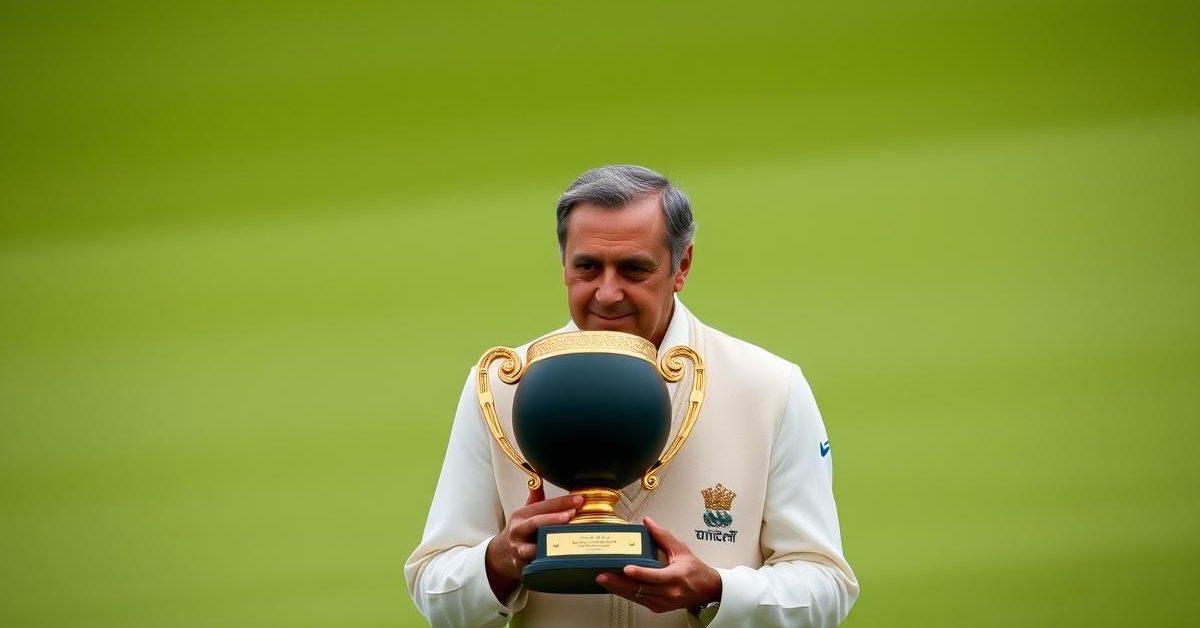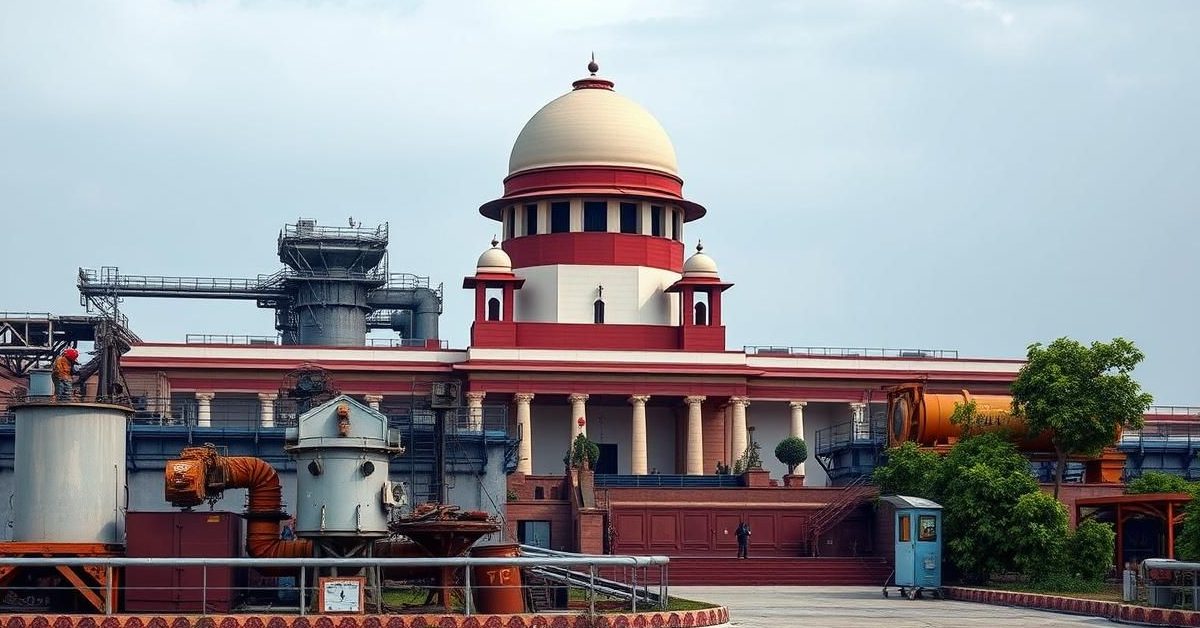The Brewing Storm: Cricket Legend Unleashes Fury Over Trophy Renaming
A seismic wave of discontent recently rippled through the global cricketing fraternity, ignited by a controversial decision from the England and Wales Cricket Board (ECB). In a move that has sparked widespread debate and passionate outcry, the prestigious Pataudi Trophy, historically contested between England and India in Test cricket, was quietly rebranded. The new moniker, the “Anderson-Tendulkar Trophy,” intended to honour two modern-day titans, has instead become a focal point of contention, primarily due to the specific order of names and the ensuing perceived slight against one of cricket’s most revered figures.
Gavaskar’s Stinging Rebuke: A Question of Legacies
Leading the charge of disapproval is none other than the legendary Indian opener, Sunil Gavaskar. The “Little Master,” renowned for his forthright opinions, expressed profound displeasure, labeling the arrangement as “jarring” and asserting that England’s premier paceman, James Anderson, is “nowhere near as good as Sachin’s” record. Gavaskar’s indignation stems from the placement of Anderson’s name before Sachin Tendulkar’s, a sequencing he views as a fundamental misjudgment of their respective contributions and unparalleled standing in the annals of the sport. His comments immediately reverberated across social media and news outlets, echoing the sentiments of millions of passionate fans.
Sachin Tendulkar: The Unassailable Icon
To fully grasp the depth of Gavaskar’s frustration, one must consider the monumental legacy of Sachin Tendulkar. Often revered as the “God of Cricket,” Tendulkar’s career spanned a quarter of a century, during which he redefined batting records and captured the imagination of billions. He remains the only cricketer to score 100 international centuries, an almost unfathomable feat across Tests and One Day Internationals. His staggering 15,921 Test runs and 18,426 ODI runs position him at the pinnacle of run-scorers in both formats. More than just statistics, Tendulkar was a cultural phenomenon, an embodiment of national aspiration, and a recipient of India’s highest civilian honour, the Bharat Ratna. His battles against the likes of Shane Warne and Wasim Akram were legendary, etching his name permanently in the pantheon of sporting greats.
James Anderson: A Seam Bowling Phenomenon
On the other side of the ledger stands James Anderson, undoubtedly one of the finest fast bowlers the game has ever seen. The “King of Swing” has meticulously crafted a career defined by longevity, artistry, and an insatiable hunger for wickets. With over 700 Test scalps, Anderson holds the astonishing record for the most wickets taken by a fast bowler in Test history, a testament to his exceptional skill with the Dukes ball, particularly in English conditions. His ability to consistently challenge batsmen with late movement and pinpoint accuracy has made him a tormentor for opposition lineups for well over two decades. While his achievements are truly remarkable and place him among the elite bowlers, Gavaskar’s argument zeroes in on the sheer breadth and global impact of Tendulkar’s career versus Anderson’s, particularly in a trophy designed to represent the pinnacle of an international series.
The Pataudi Legacy: A Storied Past and Deep Reverence
The original Pataudi Trophy itself carries immense historical and emotional weight. Named in honour of Mansoor Ali Khan Pataudi, affectionately known as the “Nawab of Pataudi,” the trophy celebrated a man who was not only a cricketing genius but also a visionary leader. Pataudi famously captained India in 40 of his 46 Tests, leading the team through a transformative period and instilling a sense of self-belief that laid the groundwork for future successes. His aristocratic lineage, combined with his fearless and innovative approach to the game, made him a truly unique figure. Renaming a trophy that honours such a significant figure without wider consultation, and then positioning a bowler’s name ahead of a universally acknowledged batting legend, naturally strikes a raw nerve within the cricketing establishment and among devout fans.
The Battle for Recognition: Perceived Disrespect and Fan Sentiment
This episode transcends a mere debate over names; it delves into the deeper realms of respect, legacy, and the emotional connection fans have with their sporting heroes. For many Indian fans, the perceived demotion of Sachin Tendulkar’s name is not just an organizational oversight but a symbolic slight against a national treasure and, by extension, against Indian cricket itself. Such decisions, made by governing bodies, often fail to account for the intense cultural and emotional investment fans pour into their sport and their idols. The controversy serves as a stark reminder that while records speak volumes, the order in which legacies are acknowledged can speak even louder, sparking passionate debates that underscore the profound importance of cricket in the hearts of millions.














